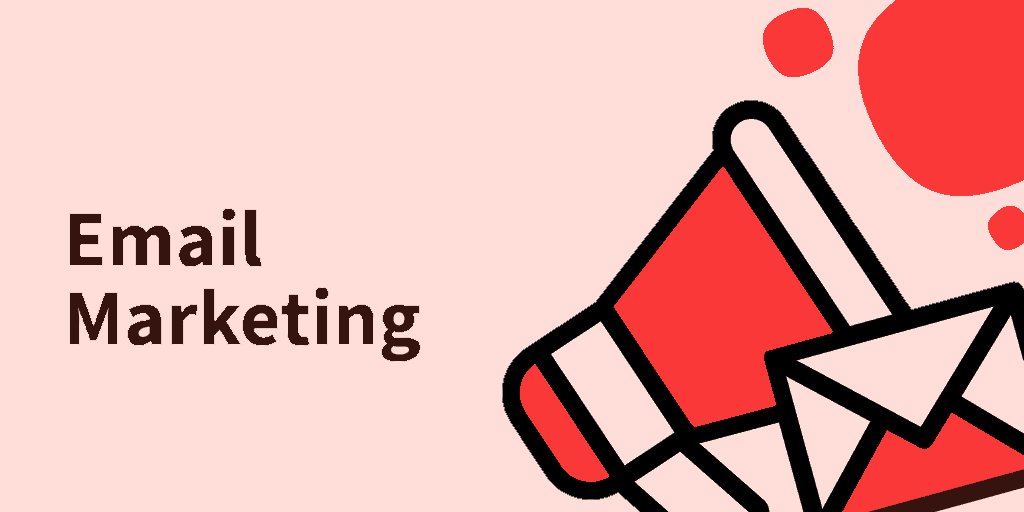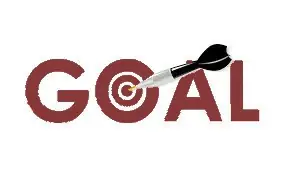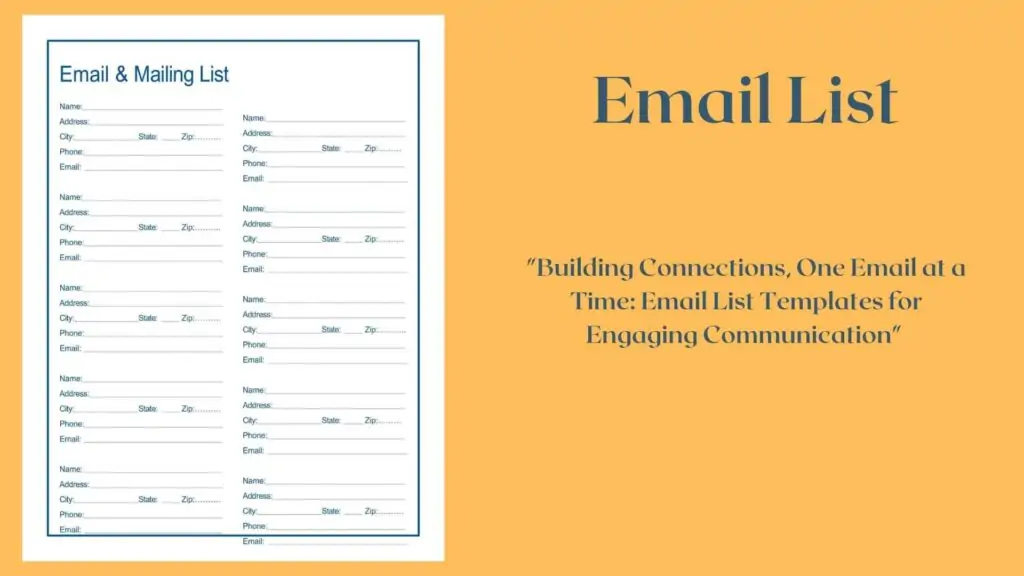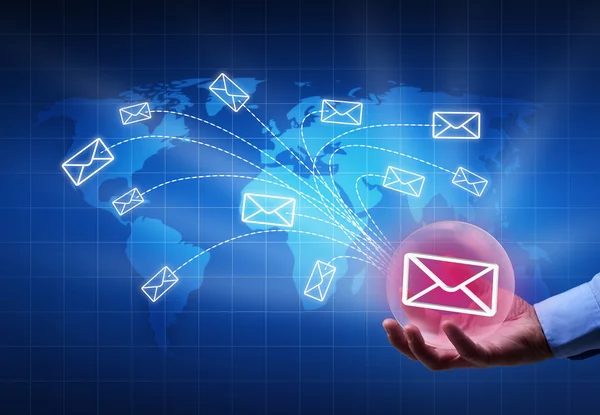
In today’s fast-paced, digital world, Write an Effective Email remains one of the most powerful tools for communication. Whether you’re reaching out to a colleague, a client, or a potential employer, how you craft your emails can significantly impact the response you receive. An effective email can clarify, motivate, and strengthen relationships, while a poorly written one can lead to misunderstandings, delays, or even damage your reputation.
In this article, we’ll explore 15 pro email writing tips that will help you communicate more clearly and professionally. By the end, you’ll be equipped with the knowledge to write emails that not only get read but also elicit the response you need.
What is Email Marketing?

Email marketing is a powerful and versatile form of digital marketing that centers around sending targeted promotional messages or newsletters to a curated list of subscribers via email. This practice is integral to any marketing strategy, as it directly engages an audience that has opted in to receive communications from a brand. The core objectives of email marketing include building and nurturing customer relationships, promoting products or services, increasing brand awareness, and ultimately driving sales.
In my experience, email marketing serves as an essential tool for reaching specific target audiences with personalized, relevant content. It’s not only cost-effective but also provides detailed analytics that allow marketers to track the performance of their campaigns in real-time. This data-driven approach helps in making informed decisions to optimize future email marketing strategies.
Marketers have leveraged email as a communication channel almost since the inception of the internet. The first recorded marketing email was sent in 1978, generating an impressive $13 million in sales. Since then, email has remained one of the most reliable and frequently used marketing channels, a testament to its effectiveness and adaptability.
The reason behind email’s enduring popularity is its flexibility. It enables marketers to reach a broad audience quickly and efficiently while allowing for personalization that can significantly improve engagement and lead generation. Whether it’s a single email announcing new content, a regularly scheduled newsletter, or a targeted campaign promoting product updates, email marketing can take on many forms to meet various business goals.
Despite the emergence of newer channels like messaging apps and social media platforms, email continues to be a cornerstone of successful marketing strategies. One of the key reasons for this is the unique intimacy that email offers. As Rob Litterst, head of strategy and operations for HubSpot’s Newsletter Network, puts it, “Access to someone’s inbox is sacred, and for a person to welcome you in, there’s already a certain level of trust that you just can’t achieve with other platforms.”
When to Use Email Marketing
Email marketing remains a powerful tool for various purposes:
- Building Relationships: Through personalized engagement, you can create meaningful connections with your audience, fostering loyalty and trust.
- Boosting Brand Awareness: By keeping your company and services top-of-mind, you ensure that your prospects are ready to engage when the time is right.
- Promoting Content: Use email to share relevant blog posts, articles, or valuable resources with your subscribers, driving traffic to your website and enhancing content visibility.
- Generating Leads: Entice subscribers to provide their personal information in exchange for valuable content, helping you grow your customer base.
- Marketing Products: Promote your products and services directly to an interested audience, encouraging conversions and sales.
- Nurturing Leads: Delight your customers with content that supports their goals, enhancing their experience with your brand.
Benefits of Email Marketing
The impact of email marketing on business success is undeniable. According to recent surveys:
- 87% of marketers consider email marketing critical to their business’s success.
- Email is the third most popular owned media platform used by B2B marketers to distribute content in the past 12 months.
- Over 4.3 billion people worldwide use email, making it an unparalleled platform for reaching customers.
- The number of global email users is projected to grow to 4.48 billion by 2024.
- As of 2022, email marketing generates an impressive $36 for every dollar spent.
- 51% of marketers consider email marketing the most effective marketing channel, based on a recent Marketing Trends survey.
- 53% of marketers continued to invest in email marketing in 2023, with 33% increasing their investment.
- 33% of marketers send weekly emails, while 26% send them multiple times a month.
Beyond these statistics, perhaps the most compelling reason to use email marketing is that you own the channel. Unlike social media platforms, which are subject to algorithm changes and external regulations, email marketing allows you complete control over how, when, and why you reach out to your subscribers.
In many ways, email marketing is the unsung hero of digital marketing. While it may not always be the flashiest option, it remains one of the most effective, with a remarkable 95% of email marketers affirming its practicality.
Let’s Get Started with Email Marketing Magic!
Are you ready to create emails that people look forward to opening? Crafting engaging email campaigns isn’t as hard as it might seem. With a few simple steps, you can turn your email list into a valuable tool for building relationships and driving results. Let’s dive into the essentials of getting started with email marketing.
Step 1: Know Your Audience

The first step in any successful email campaign is understanding your audience. Who are you trying to reach? What are their interests, needs, and pain points? The more you know about your audience, the better you can tailor your emails to resonate with them. Start by creating customer personas—detailed profiles that capture the demographics, preferences, and challenges of your ideal customers. This will guide your messaging and help you create content that speaks directly to your audience.
Step 2: Set Clear Goals

Next, determine what you want to achieve with your emails. Are you looking to increase sales, boost website traffic, or build brand awareness? Having clear goals helps you focus your efforts and measure your success. For example, if your goal is to drive sales, your emails might focus on special offers or product promotions. On the other hand, if you want to nurture customer relationships, you might send content that provides value, such as tips or insights relevant to your audience.
Step 3: Build a Quality Email List
Your email list is the foundation of your email marketing efforts. Focus on building a list of subscribers who are genuinely interested in what you have to offer. You can attract subscribers by offering something valuable, such as a discount, a free resource, or exclusive content. Ensure your sign-up process is straightforward, and always get explicit permission from your subscribers to send them emails. A high-quality list of engaged subscribers is far more effective than a large list of uninterested contacts.

Step 4: Choose Your Email Style
Decide what type of emails you will send. Will you send newsletters, promotional offers, or educational content? The type of email you choose should align with your goals and audience preferences. Newsletters are great for keeping your audience informed and maintaining a connection. Promotional emails are ideal for driving sales, while educational emails can help establish your brand as an industry authority. Mix and match different types of emails to keep your content fresh and engaging.
Step 5: Plan Your Email Schedule
Consistency is key in email marketing. Your audience should know when to expect your emails, whether it’s weekly, bi-weekly, or monthly. However, be careful not to overwhelm your subscribers with too many emails, as this can lead to higher unsubscribe rates. Use a content calendar to plan your email schedule and ensure you’re delivering valuable content regularly without overloading your audience.
Step 6: Track Your Results
Finally, track the performance of your emails to see what’s working and what’s not. Pay attention to metrics like open rates, click-through rates, and conversion rates. These insights will help you refine your strategy and improve your future campaigns. For example, if your open rates are low, try experimenting with different subject lines or send times. Analyzing your results allows you to make data-driven decisions and continually optimize your email marketing efforts.
By following these steps, you’ll be well on your way to creating effective and engaging email campaigns that resonate with your audience and drive meaningful results.
Tips For Writing A Good Email
In today’s fast-paced digital world, email remains one of the most effective ways to communicate professionally. Whether you’re reaching out to a colleague, pitching to a potential client, or nurturing leads, crafting a well-written email can make all the difference in achieving your goals. However, writing a compelling email isn’t as simple as it might seem. It requires a blend of clear communication, strategic thinking, and a touch of creativity. Here are 15 professional email writing tips that can help you master the art of email communication.
1. Start with a Clear Subject Line
The subject line is the first thing your recipient sees, and it can determine whether your email gets opened or ignored. A clear and concise subject line should summarize the email’s purpose in just a few words. Avoid vague phrases like “Meeting” or “Question.” Instead, be specific: “Quarterly Sales Meeting – Agenda Attached” or “Quick Question About Tomorrow’s Presentation.” A strong subject line sets the tone and provides context, ensuring your email stands out in a crowded inbox.
2. Use a Professional Email Address
Your email address is part of your professional image. Using a personal or unprofessional email address can undermine your credibility. Stick to an email address that clearly identifies you and your affiliation. For instance, instead of using something like “coolguy123@gmail.com,” opt for a format like “john.doe@companyname.com.” If you’re representing a business, ensure your email domain reflects that.
3. Open with a Strong Greeting
Your opening sets the tone for the rest of the email. Depending on your relationship with the recipient, choose an appropriate greeting. For formal emails, “Dear [Name]” or “Hello [Name]” works well. For less formal settings, “Hi [Name]” is acceptable. Avoid overly casual greetings like “Hey” unless you have a well-established rapport with the recipient. Always ensure you address the recipient by their correct name and title, as this demonstrates respect and attention to detail.
4. Get to the Point Quickly
People receive countless emails daily, so it’s essential to get to the point without unnecessary fluff. In your opening sentence, briefly state the purpose of your email. For example, “I’m writing to follow up on our recent conversation about the project timeline.” This direct approach respects the recipient’s time and makes your email easier to respond to.
5. Be Concise but Thorough
While it’s important to be concise, you must also ensure that you provide all necessary information. Strike a balance by including only relevant details that support your email’s purpose. Avoid lengthy paragraphs that can overwhelm the reader. Instead, break up your text with short, clear sentences and bullet points if necessary. This makes your email easier to skim, especially when recipients are pressed for time.
6. Personalize Your Message
Personalization goes a long way in making your email more engaging. Address the recipient by name, reference previous interactions, or mention something specific about their business or interests. For example, “I noticed your recent article on digital marketing trends and found it insightful.” This shows that you’re not sending a generic email and that you’ve taken the time to tailor your message to them.
7. Use a Professional Tone
The tone of your email should match the context and the relationship you have with the recipient. For business communications, a professional tone is key. Avoid using slang, overly casual language, or emojis, which can come across as unprofessional. However, don’t be overly formal or stiff, either. Aim for a tone that is polite, respectful, and approachable.
8. Proofread for Spelling and Grammar
Nothing undermines your professionalism like spelling and grammar errors. Before hitting send, carefully proofread your email to catch any mistakes. Tools like Grammarly can help, but it shouldn’t replace manual proofreading. Reading your email aloud can also help you catch errors or awkward phrasing. Remember, a polished email reflects well on you and your attention to detail.
9. Be Mindful of the Length
The length of your email should correspond to its purpose. For simple inquiries or updates, keep it short and sweet. However, if you’re providing detailed information or instructions, a longer email might be necessary. In such cases, use headings, bullet points, and short paragraphs to break up the text and make it more digestible. Respect the recipient’s time by being concise, even in longer emails.
10. Include a Clear Call to Action
Every email should have a purpose, whether it’s requesting a meeting, asking for feedback, or providing information. Clearly state what you want the recipient to do next. For example, “Could you please review the attached document and provide your feedback by Friday?” A well-defined call to action ensures that the recipient knows exactly what is expected of them, making it easier for them to respond appropriately.
11. Use a Professional Closing
Your closing is just as important as your greeting. Use a professional sign-off such as “Best regards,” “Sincerely,” or “Thank you.” Avoid casual closings like “Cheers” or “Take care” unless you have an informal relationship with the recipient. Always include your full name, job title, and contact information beneath your closing, so the recipient knows who you are and how to reach you.
12. Be Mindful of Your Attachments
If you’re including attachments, make sure they’re clearly labeled and referenced in the body of your email. For instance, “Please find the project proposal attached.” Ensure that your attachments are appropriately sized, as large files can be difficult to download and may not reach the recipient. If necessary, compress files or use a file-sharing service. Always double-check that you’ve attached the correct files before sending.
13. Consider Your Timing
The timing of your email can affect how quickly you receive a response. Avoid sending emails late at night or during weekends unless it’s urgent. The best times to send emails are generally mid-morning or early afternoon, when people are most likely to be checking their inboxes. Consider the recipient’s time zone if they’re in a different location, and be mindful of holidays or busy periods in their industry.
14. Use a Signature
A well-crafted email signature not only provides your contact information but also reinforces your professional brand. Include your full name, job title, company name, and relevant contact details. You might also include a link to your website, LinkedIn profile, or a professional logo. Keep it simple and avoid overly long signatures with quotes or images that could distract from the main message.
15. Follow Up When Necessary
If you don’t receive a response within a reasonable timeframe, it’s okay to send a polite follow-up email. Reference your previous message and reiterate your request or question. For example, “I wanted to follow up on my previous email regarding our upcoming meeting. Could you please confirm your availability?” Keep follow-ups brief and courteous, and don’t be overly persistent. One or two follow-ups is usually sufficient.
Conclusion
Mastering the art of professional email writing takes practice, but it’s a skill worth honing. By following these 15 pro email writing tips, you can improve your communication, build stronger relationships, and achieve better outcomes in your professional interactions. Remember, the key to a great email is clarity, professionalism, and a focus on the recipient’s needs. With these principles in mind, you’ll be well on your way to crafting emails that get noticed and drive results.


![How to Build a LinkedIn Marketing Strategy [Free Template]](https://technaseer.com/wp-content/uploads/2025/02/1696446402112-300x169.jpeg)


![How to Use LinkedIn Hashtags in 2025 [+ FREE TOOL]](https://technaseer.com/wp-content/uploads/2025/02/Linkedin-hashtags-the-complete-guide-for-2024-Final-1-300x169.jpg)
